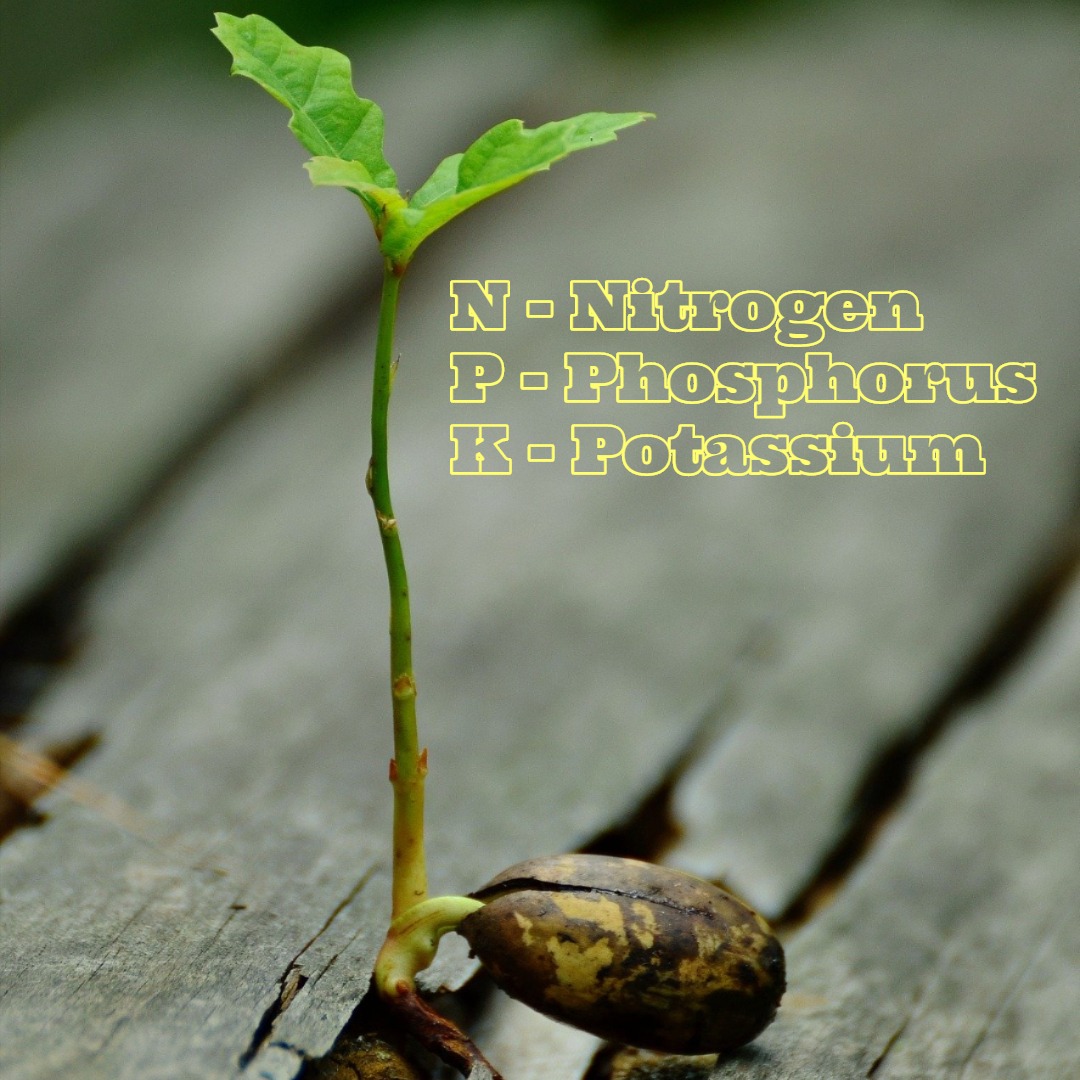Why are Nitrogen, Phosphorus and Potassium Important to Soil?
Our Pro-Soil article on nitrogen, phosphorus, and potassium details the basics about how these three major elements contribute to crop growth. These “big 3” soil nutrients are also known as NPK. Each letter in NPK stands for each element’s symbol on the periodic table. “N” stands for nitrogen. “P” stands for phosphorus. “K” stands for potassium. Let’s review the function of each in crop growth.
What is the Role of NPK in Soil?

- Nitrogen contributes to the enzymatic creation of proteins and is critical to the photosynthetic process. Crops will move nitrogen around their plant systems from high-nitrogen density to
areas deficient in the nutrient. - Phosphorus plays an important role in crop growth by aiding in fruit production, stock growth, and root growth. A lack of phosphorus in crop soil will produce weak plants that are prone to wilting, discoloration, and inadequate fruit.
- Potassium is vital to the retention and absorption of water in crop soil. Proper water saturation leads to strong and healthy plants that resist disease and harm from heat.
Now that we have the basics covered, let’s dig a little deeper.
What Is the ideal NPK Ratio?
The ratio of NPK (nitrogen, phosphorus and potassium) will differ slightly based on what type of crop. Alfalfa may grow best with one ratio and corn may grow best with another ratio. Soy beans benefit from a specific ratio while flowers will benefit from a different ratio as fruits and vegetables require a specific ratio for the best output. The ratios aren’t just plant specific, but also growth-stage specific. Seeds, seedlings and mature plants all require nitrogen, phosphorus, and potassium in varying amounts depending on the stage of plant growth and the desired yield.
Let’s discuss the nutrient numbers you see on your fertilizer bag / box / unit. Fertilizers will usually display at least three dominant numbers on packaging. You might see for example, 30-30-30. What does that mean?
These numbers represent the NPK ratio in your fertilizer. To figure out the numbers more plainly, divide each number by the smallest number. In the case of 30-30-30, the smallest number is 30, so you divide 30 by 30, creating a simpler ratio of 1-1-1.
The following are a few more examples:
- 10-20-30 > becomes > 1-2-3
- 30-20-10 > becomes > 3-2-1
- 5-10-30 > becomes > 1-2-6
Now that we know how to interpret the NPK ratio on our container of fertilizer, let’s talk about some basic rules of thumb. The following ratios will not be ideal for all crops, but they are good start.
- Stimulation of roots: 1-2-1
- Mature growth: 2-1-2; 1-1-2; 1-2-2
- General growth: 1-1-1
- Leaf incentivization: 2-1-1; 3-1-1
Nailing down the exact ratio of NPK for your particular crop can be honed to a science. Pro-Soil Ag Solutions can help you and your soil make use of the nutrients already present in the soil, rather than forcing you to amend your soil indefinitely. Our biological soil amendments are designed to strengthen your soil, allowing for the gradual reduction of your soil inputs. Reducing inputs means saving money, and that’s never a bad thing, right?
Give us a call or shoot us an email and let’s get to talking about how to transform your farm from failing subsistence to flourishing success.
